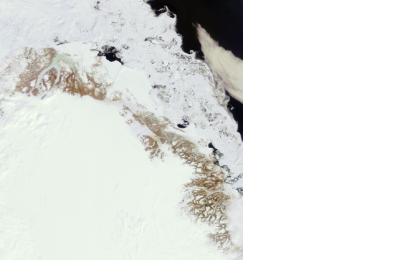Climate change is causing the North Pole’s location to drift, shows a new study conducted by Jianli Chen at the University of Texas at Austin. The explanation is in the small changes in Earth’s rotation due to global warming effects.
Computer simulations based on satellite information predict that the melting of the ice is causing a new allocation of mass on the planet’s surface and therefore a shifting of the Earth’s axis.
Since 1899, as the observations began, the North Pole has been drifting southwards with 10 centimeters per year. In 2005 this changed and the Pole had moved around 1.2 meters eastwards since then. To work out why the pole changed direction, the researchers used data from NASA's GRACE satellite, which measures changes in Earth's gravity field over time. The data allowed them to calculate the redistribution of mass on Earth's surface due to the melting of the Greenland and Antarctic ice sheets and mountain glaciers, and the resulting rise in sea level. It correlated perfectly with the observed changes in the mean pole position (MPP).
Scientists from NASA agreed that the information delivered by the GRACE satellite is accurate and can be useful for further predictions of ice sheet melting and poles positioning.

